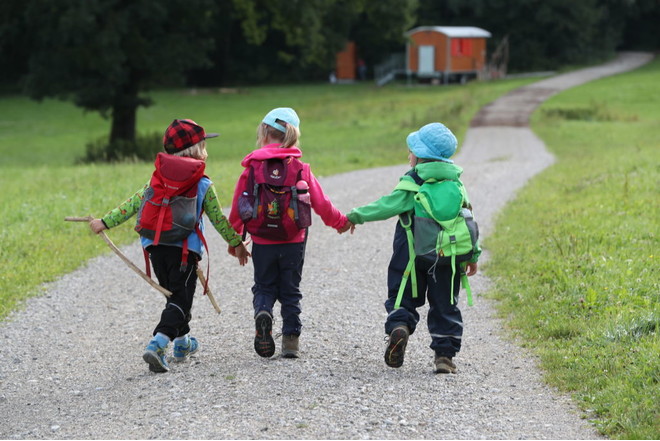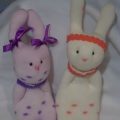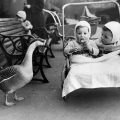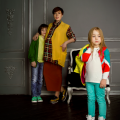Principles of division into groups in kindergarten
The main method of forming groups in preschool educational institutions is by age. Children are divided into groups in kindergarten by age Photo: Getty Depending on the age of the children attending kindergarten, the groups are divided into:
Children are divided into groups in kindergarten by age Photo: Getty Depending on the age of the children attending kindergarten, the groups are divided into:
- Clear. Kids are brought here from a year to 2 years. At this age, the child learns to eat, wash his hands, wash himself, partially dress.
- The younger ones. Kids from 2 to 4 years. The teachers of these groups, with the help of role-playing games, develop kids' memory, thinking, and speech. Younger preschoolers learn to combine objects of similar qualities: volume, color, shape. Now they are very susceptible to music, rhythm, rhyme. They are interested to listen to poetry tales, songs.
- Average. They are visited by children of 4-5 years. At this age, children can already assess the behavior, both their own and their peers. They need friends and companions for games.
- Older ones. Preschoolers 5-6 years old are independent and love to take the initiative. Classes with them should be educational and teach some new skills.
- Preparatory. Children 6-7 years old are preparing for school. They stock up on knowledge and skills that will help them learn in the first grade.
The most common way of dividing babies iskindergarten - by age. But if the child has health problems, then a group for children with disabilities may be suitable for him. This includes children with hearing and vision impairments, developmental delays and other special needs. Each of them requires a special approach to learning.
What is a good method for forming kindergarten groups by age?
Children of the same age find it easier to find a common language.By adopting new habits from each other, they develop faster. Looking at peers, it is easier for a child to learn and explore the world. Each age has its own educational and developmental activities. Preschoolers can learn more information if they study in a group of peers belonging to the same age category. Dividing children into groups by age is convenient for both adults and the children themselves. Children adapt more easily in a group consisting of peers. If one of their kindergarten friends has learned something new, the rest of the kids do not want to lag behind. For example, putting on a hat or tying shoelaces. Attending such groups in kindergarten, children become more independent and self-confident.









